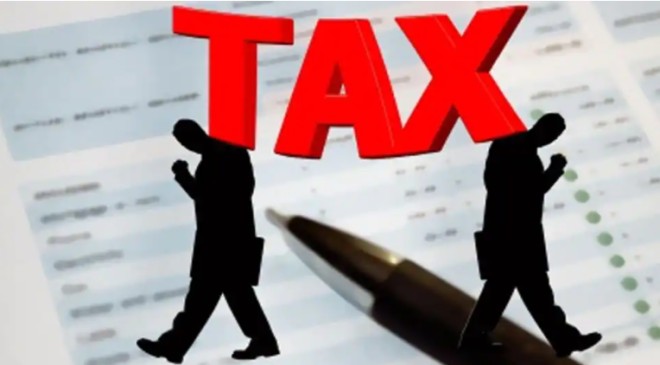A tax slab determines how much tax an individual or business needs to pay based on their income
Atax slab basically determines how much tax an individual or business needs to pay based on their income. Finance Minister Nirmala Sitharaman introduced a new tax regime, with altered tax slabs, in the Union Budget 2023-24. An increase in the basic exemption threshold and greater tax rebates are the prominent features of the new regime. Taxpayers can now opt for either via the old tax regime or the new one.
Knowledge of tax slabs helps understand how much tax one is liable to pay based on their income level. It is essential for planning finances better and taking steps to reduce tax liability. For instance, a person can choose to invest in specific financial instruments to reduce their taxable income and tax liability.
Read More: ITR Filing: You Can Avail Standard Deduction Of Rs 50,000, Check Details
Here are the income tax slabs under the new and old tax regimes:
- In the old tax regime, there are seven tax slabs, with the liability going from NIL to 30 per cent of the income.
- People with an annual income of up to Rs 2.5 lakh are exempt from paying income tax.
- Those earning between Rs 2.5 and 5 lakh have to adhere to a tax rate of 5 percent.
- For people whose yearly income falls from Rs 5 lakh to 7.5 lakh, the income tax rate is at 10 percent of the total earnings.
- Individuals in this bracket have an annual income of Rs 7.5 to 10 lakh. The tax rate for them is 15 percent.
- For income ranging from Rs 10 to 12.5 lakh per year, the tax rate is 20 percent.
- Those earning between Rs 12.5 and 15 lakh have to follow a tax rate of 25 percent.
- For annual income exceeding Rs 15 lakh, the tax rate is 30 percent.
Read More: Income Tax Return filing: How to file ITR for a deceased person – all you need to know
Under the new income tax regime, the number of slabs has been reduced.
- Those who earn up to Rs 3 lakh a month have to pay no income tax.
- Annual income ranging from Rs 3 to 6 lakh will invite a tax rate is 5 percent. However, tax rebate is applicable for income earned upto Rs 7 lakh, making it tax-exempt as well.
- Those earning between Rs 6 lakh and Rs 9 lakh a year have to follow a tax rate of 10 percent.
- The tax rate for a yearly income of Rs 9 lakh to Rs 12 lakh has been set at 15 percent.
- For the next tax bracket, which covers annual income of Rs 12 lakh to 15 lakh, the tax rate is 20 percent.
- The last tax slab covers all those whose yearly income exceeds Rs 15 lakh. They have a tax liability of 30 percent.
These rates will come into effect when the new financial year (2023-24) begins on April 1.





































